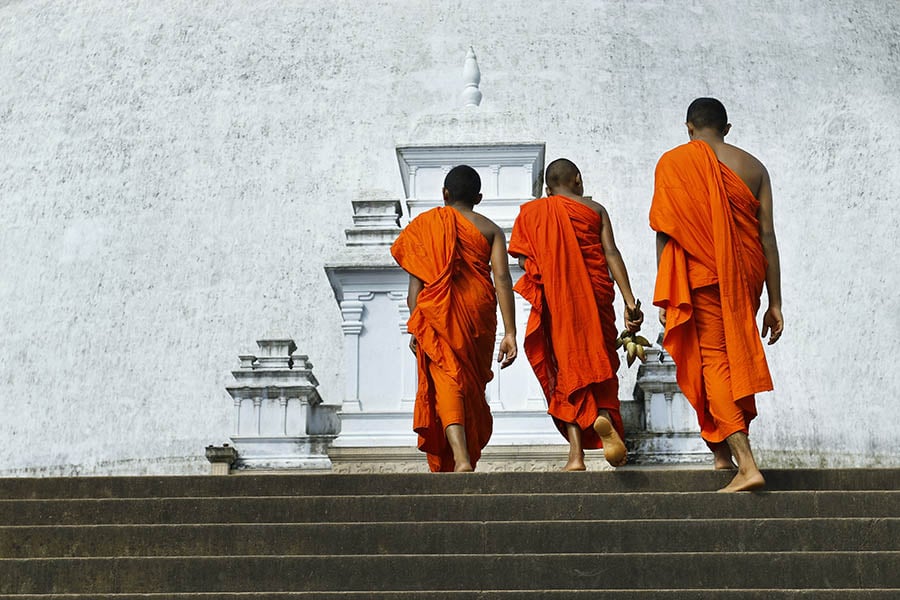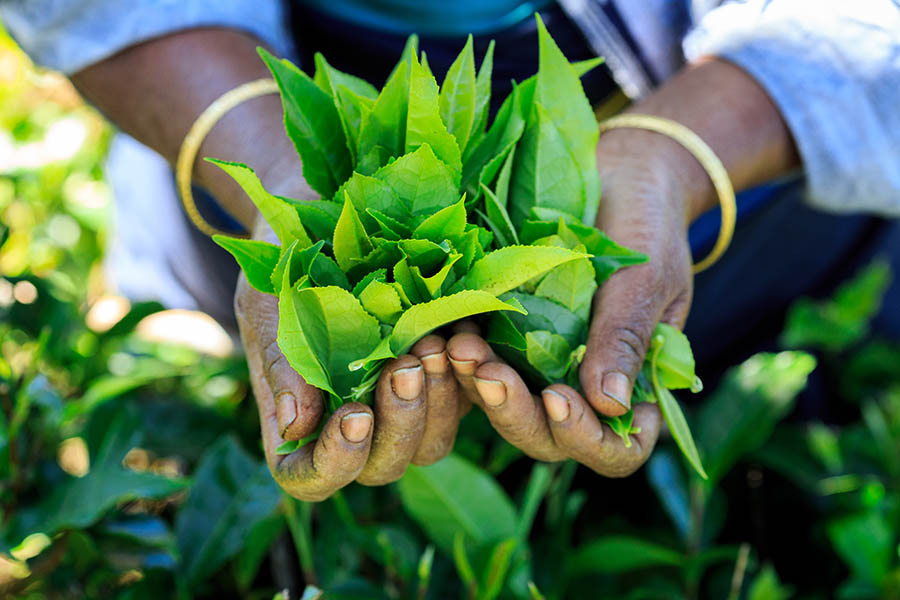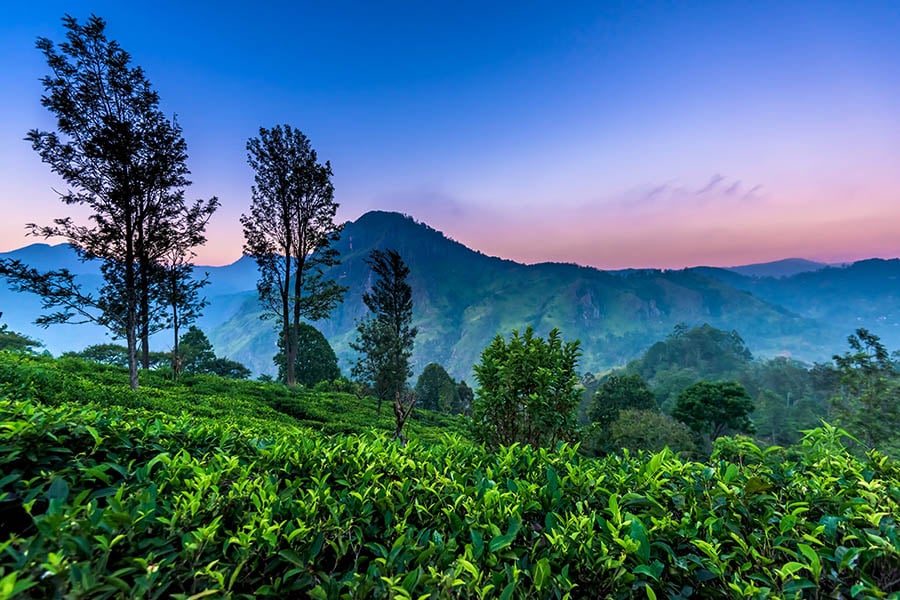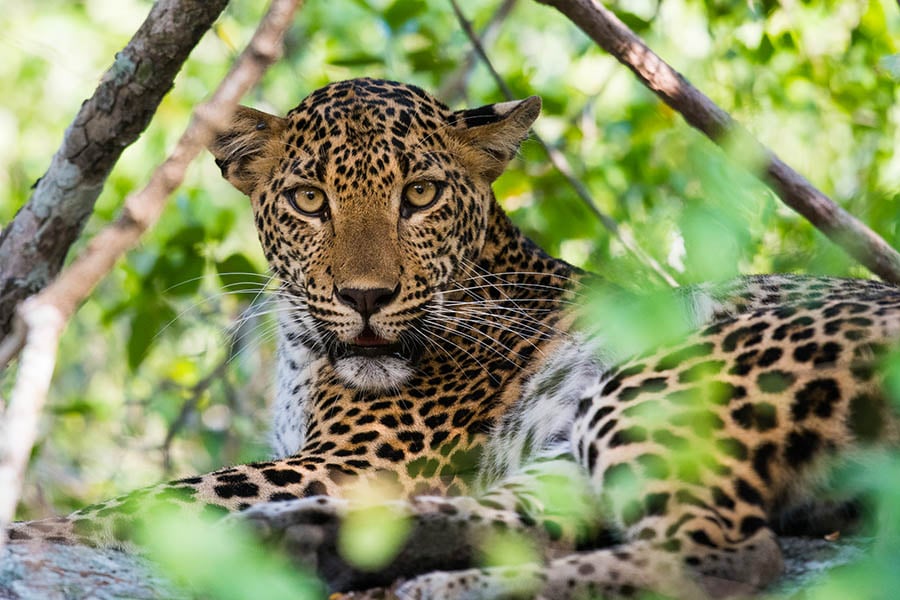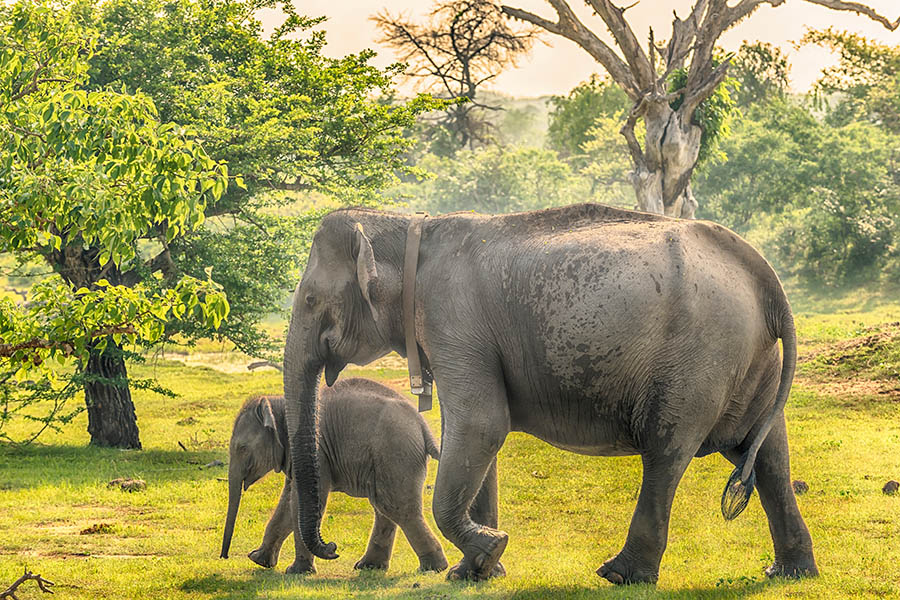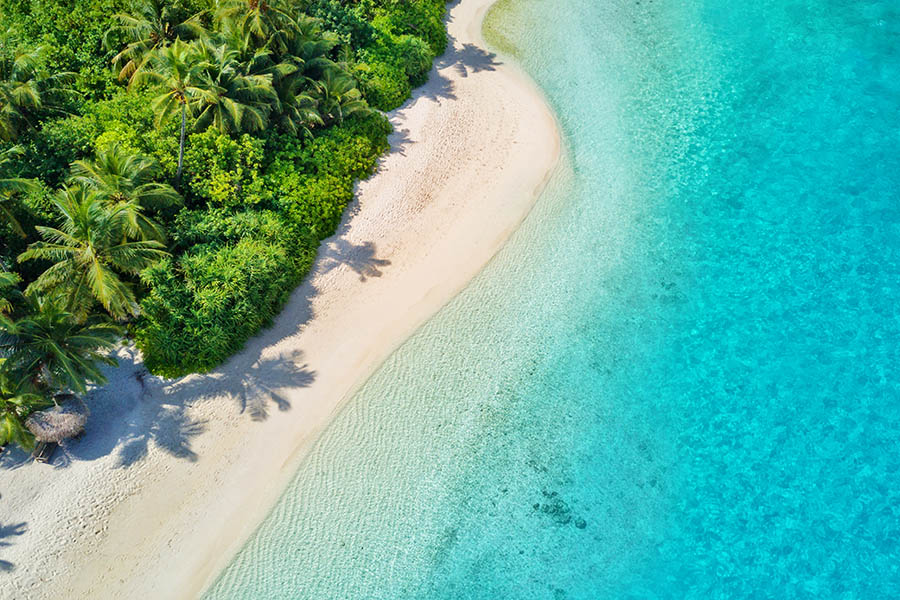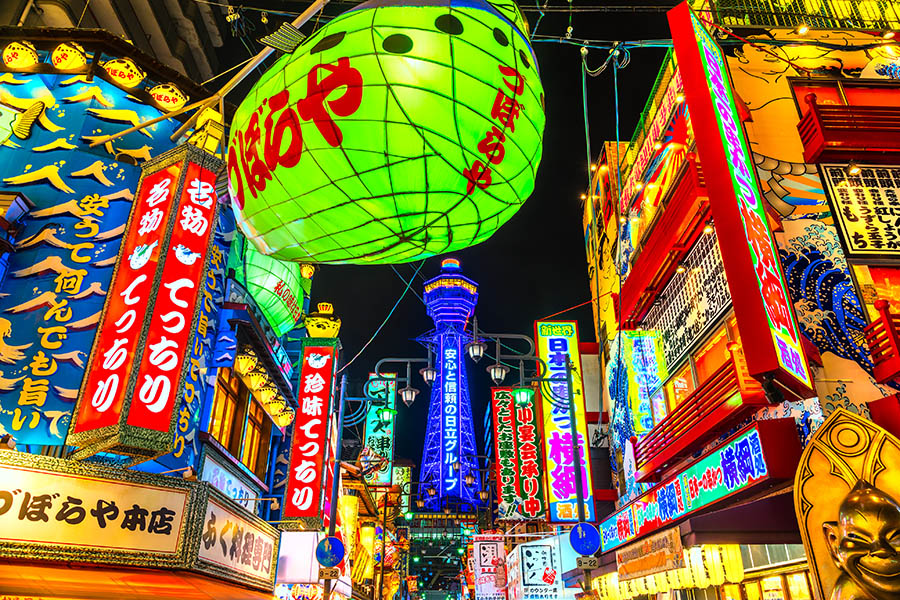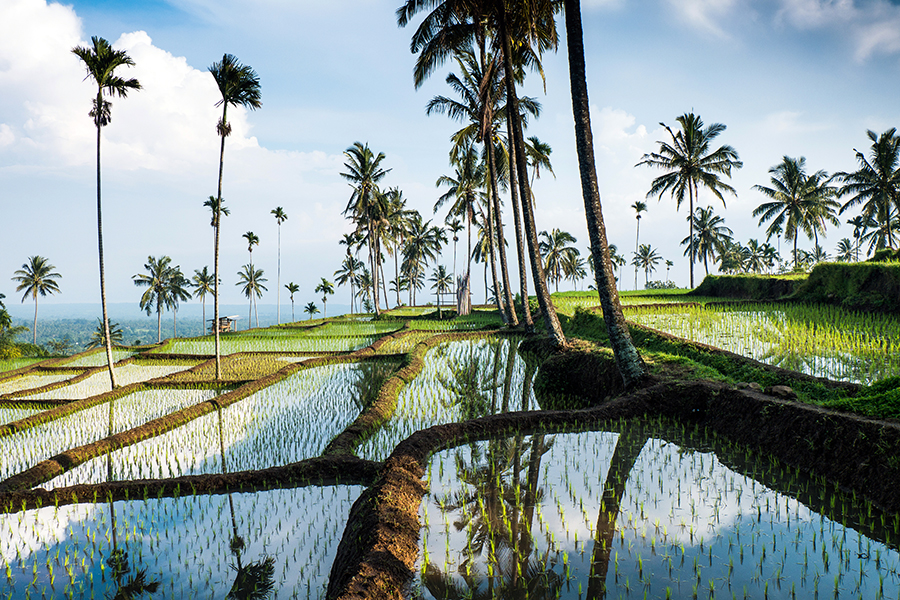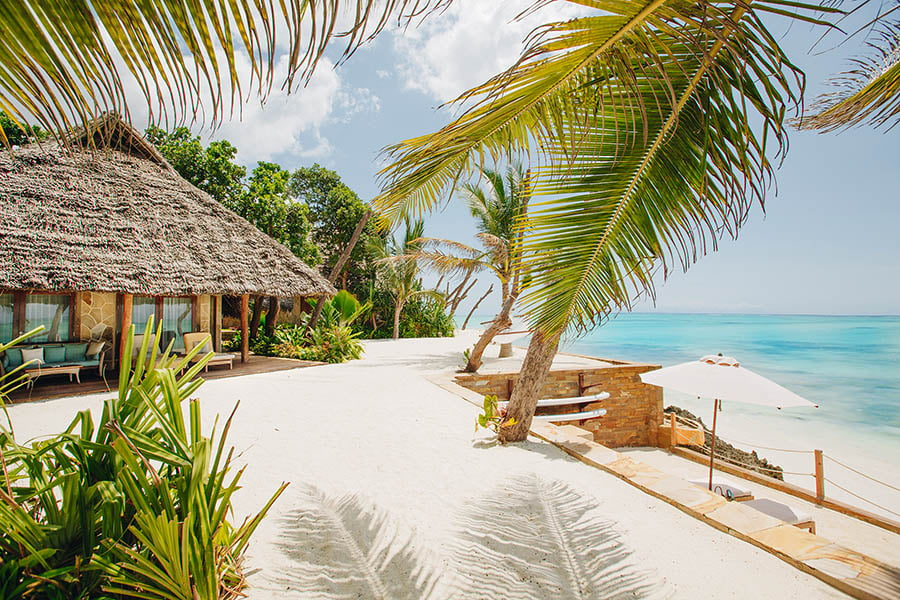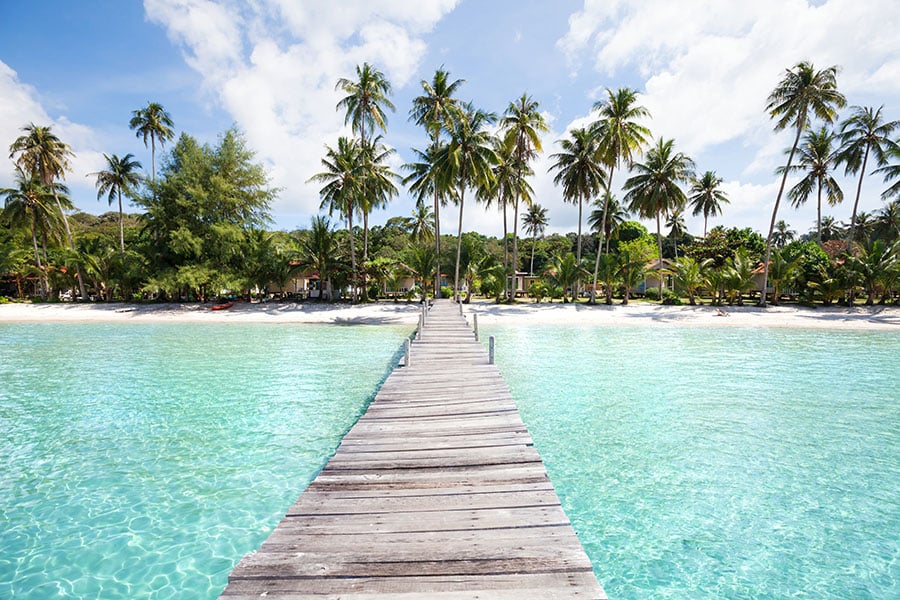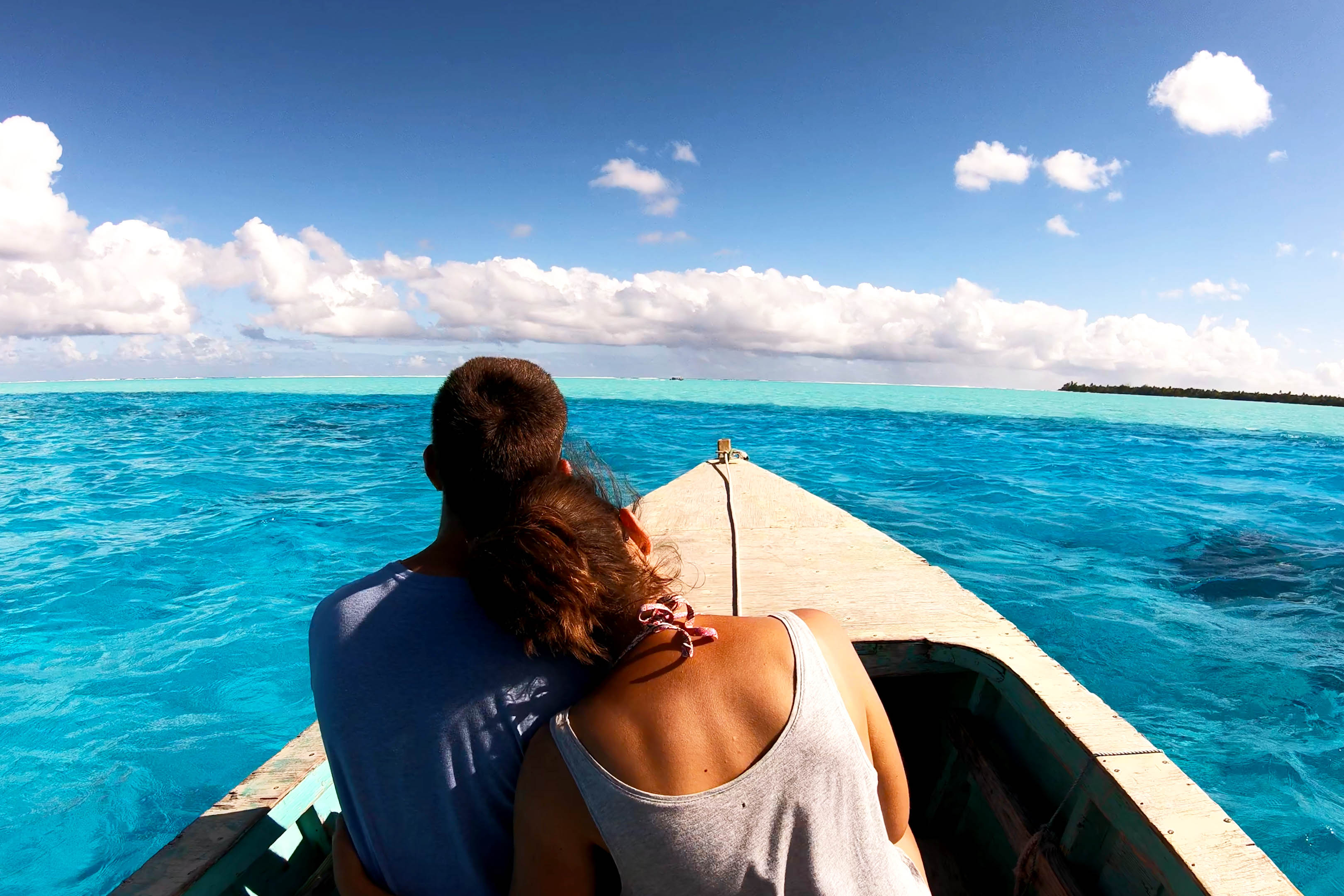Elephants, blue whales and sloth bears: the best places to visit in North Sri Lanka
Many travellers to Sri Lanka stick to the southern beaches and national parks, but I was looking for something different. Instead of following the crowd, I decided to head for the Northern Provinces, where tourists are still, on the whole, few and far between.
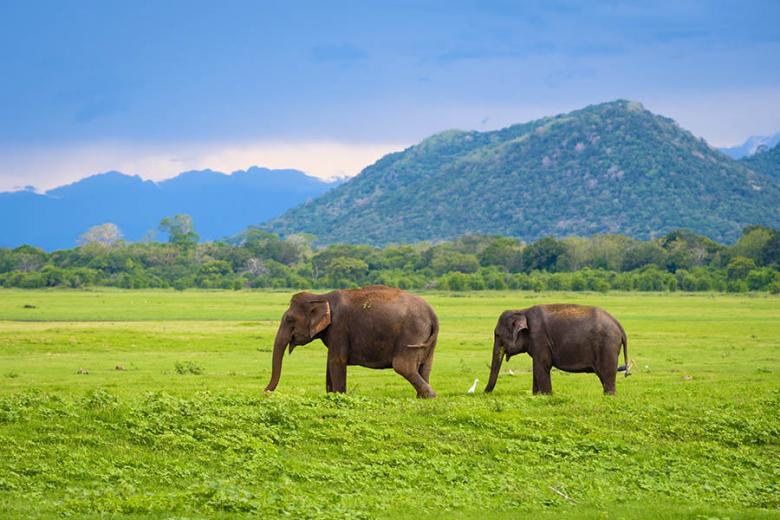
Rural and remote, the trip was a fantastic opportunity to discover the more unchartered areas of Sri Lanka. I saw wildlife in abundance throughout my journey, with a rich culture in central Sri Lanka and fascinating history up in the North, all accompanied by LOADS of delicious local food.
Arriving in Colombo
We arrived in Colombo on a direct flight from London Heathrow with Sri Lankan Airlines, which made it a straightforward journey. Leaving the airport, we freshened up at the nearby Amagi Aria resort, which is a perfect place to stay before or after your flight. It’s a very short drive from the airport, so you can avoid grappling with the notorious Colombo traffic after a long haul flight.

The resort has both sea view and city view rooms, which are both beautiful. Rather than urban sprawl, the city rooms look out over rustic white buildings with iconic red roofs, surrounded by lush greenery. They served up our first thali - a combination of 8 local dishes including curry, dhal, chutneys, rice and poppadoms.
Glamping in Wilpattu National Park
After a shower and a meal, we set off on the 4-hour journey north to Wilpattu National Park, the largest national park in the country. We stayed at the Big Game Safari Camp, close to the southern boundary of Wilpattu National Park. The beautiful site adjoins a lake surrounded by a forest full of birdlife. When we reached the entrance, we jumped into a 4x4 for the last part of the journey to our luxury tents in the camp.
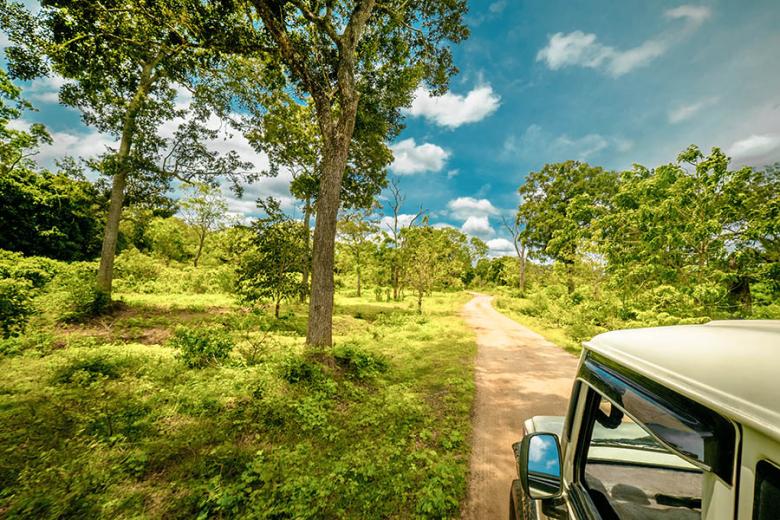
Our luxury safari tents came fully equipped with everything you could ever wish for! Each tent had a huge double bed, a shower, a sink and a separate living area. They were protected with thick double mosquito nets, so only the sneakiest of geckos could get in. We were treated to a fantastic BBQ dinner under the Sri Lankan stars before heading to bed, ready for an early start in the morning.
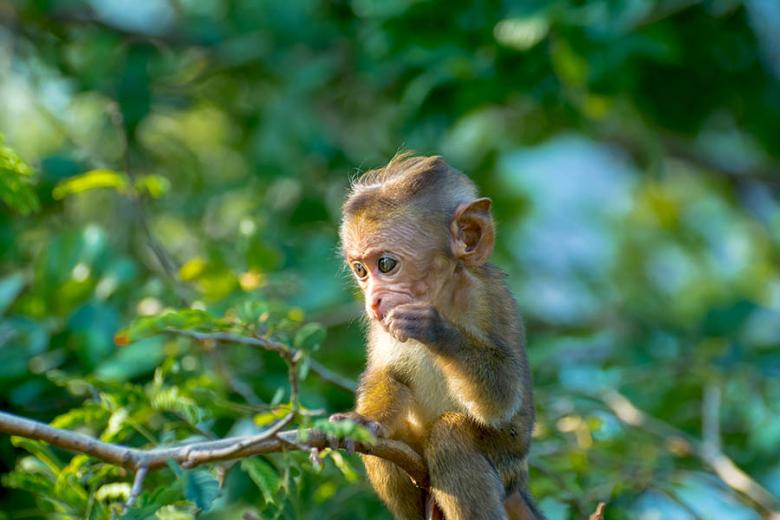
Jeep safari in Wilpattu National Park
The following day, we were up before dawn to embark on our 4-hour game drive. Wilpattu covers a huge surface area of 130,000 hectares, and the park is renowned for leopards, elephants and highly-endangered sloth bears.
We were greeted by a massive elephant as soon as we got through the gates and during our safari, we saw crocodiles, barking deer, land monitors and crested serpent eagles. The landscape was equally as stunning as the wildlife.
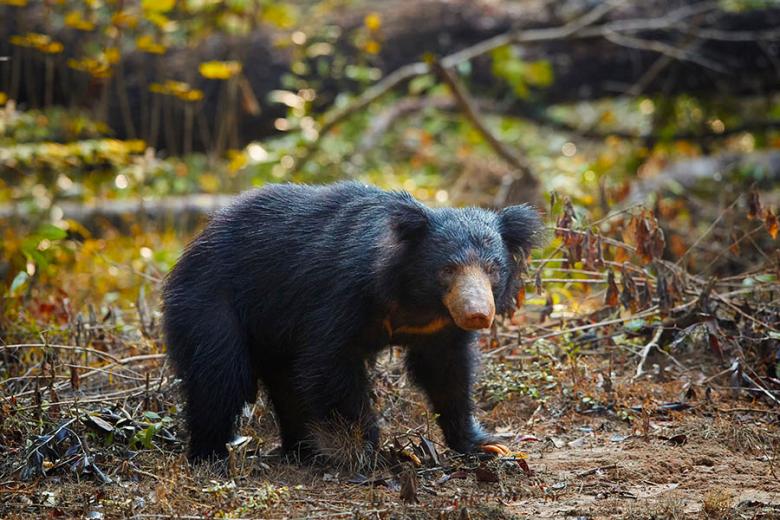
February and October are the best months to visit Wilpattu, although the park is open on a year-round basis. The rainy season begins in September and lasts until the end of December, while there’s a period of drought from May to the end of August. If you visit in May or June, you may also see sloth bears munching fruit off the top branches of the giant Palu Trees scattered throughout the park.
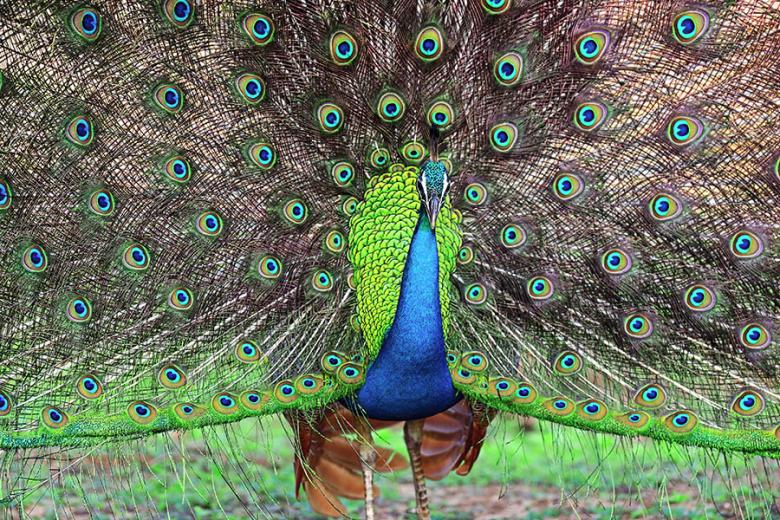
Exploring Jaffna
After our safari, we set off on the 3 ½ hour journey to Jaffna, across a stunningly beautiful stretch of road called the Manar-Punareen. Jaffna is the capital of Northern Province of Sri Lanka and the former home of the Tamil Tigers. The city is now emerging from isolation after the recent civil war, which lasted for thirty years.
Jaffna identifies more closely with Southern India than Colombo, which has resulted in a wonderful mix of Sri Lankan Buddhist and Indian Hindu influences and architecture. With a population of over 88,000 people, it’s very different to the rest of Sri Lanka.
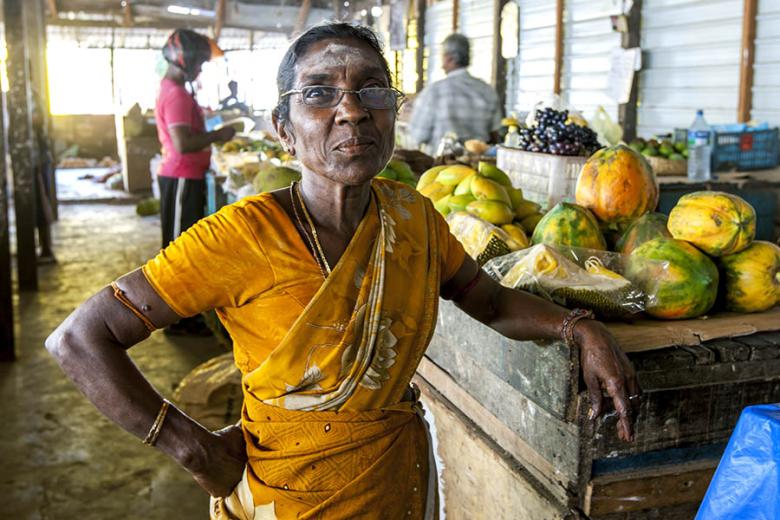
Nowadays, Jaffna is safe and I’m so glad that I made the effort to visit. The city is busier than I had anticipated and the locals looked almost shocked to see tourists. Everyone was incredibly welcoming and I felt almost like a celebrity.
Don’t miss out on visiting the colourful food markets in Jaffna. At sunset, make your way to the Fort which is built entirely of coral and overlooks the entire city. We ate at a brilliant local restaurant called Mango. Try the speciality dosas or paneer tikka masala – you won’t regret it!
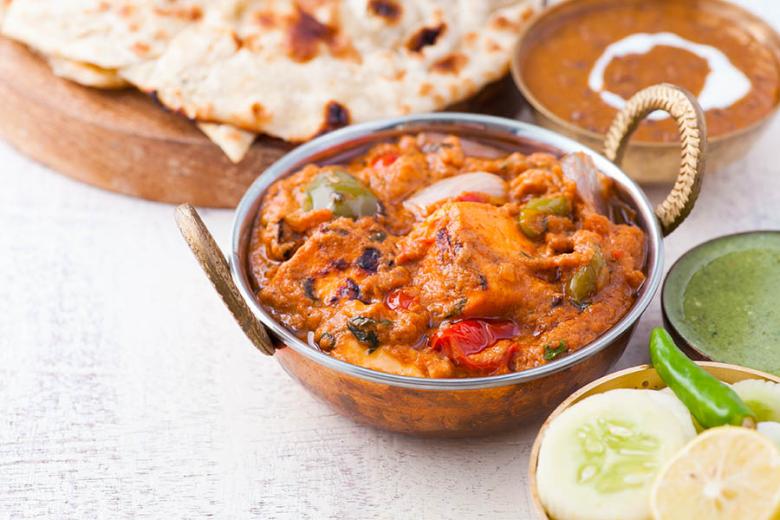
Fox Resort – a boutique hotel with a history
In Jaffna, we stayed at the incredible Fox Resort, which I highly recommend. Tucked behind crisp, white colonial-looking walls, it opens up into an amazing boutique hotel complete with stunning gardens, a pool that is lit up at night and brand new, modern rooms.
Once the family home of a leading family Jaffna, the Fox Resort has a colourful and fascinating history. During the civil war, this palatial home was commandeered by the Tamils, who added underground bunkers and made it their Treasury. Then, when Jaffna was liberated in 2009, the property was handed over to the armed forces, who used it as an office.
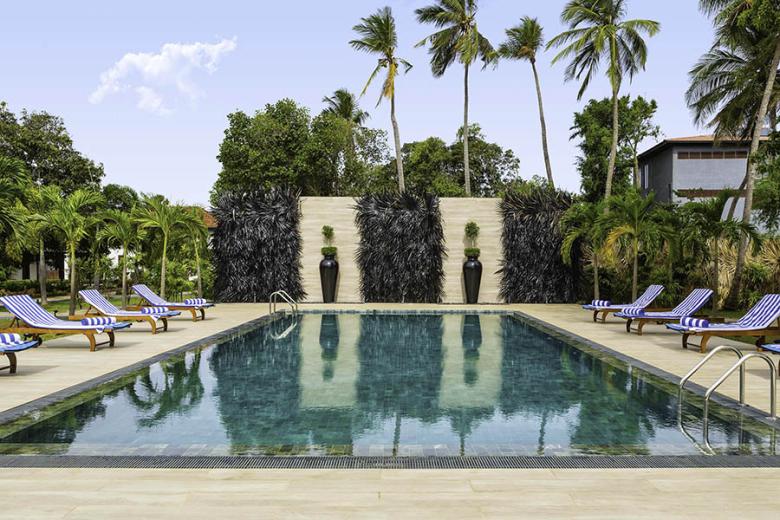
The rightful owners have only recently reclaimed their ancestral home and turned it into a boutique hotel. They’ve done a wonderful job. Packed with a profusion of art by some of Sri Lanka’s eminent artists, it’s a seriously beautiful place to stay.
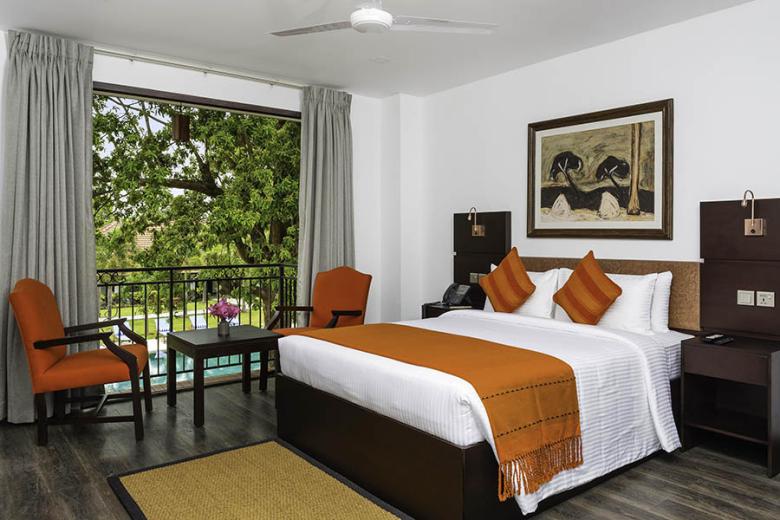
Day trip to Delft – Sri Lanka’s Forgotten Island
The next day, we made another early start for our day trip to Delft Island, one of the most remote corners of Sri Lanka. I was particularly excited about this, as I had heard about its magical light that makes for perfect photographs. We weren’t disappointed – it’s a magical place.
It took an hour on what looked like an old fishing boat to get to Delft, located in the Palk Strait between India’s Tamil Nadu province and Northern Sri Lanka. In total, the island is 50 square kilometres and made entirely of coral. The best way to get about is to organise a guided tour along the bumpy roads in a jeep.
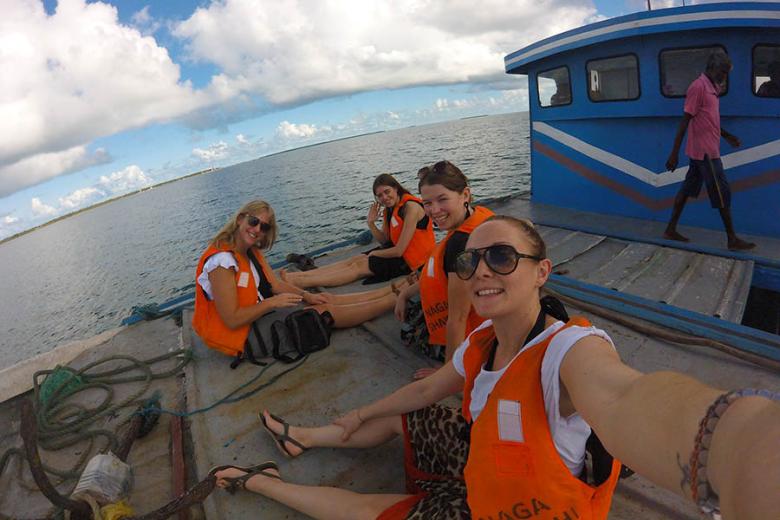
Delft is home to wild ponies that roam free on the island, left behind by the Portuguese. The ponies are tiny in comparison to any other pony I have seen, and it’s all down to the lack of water and nutrients while growing. Back in the jeep, we also visited the most beautiful baobab tree.
Once a transit point for Indian sailors and invaders, Delft is an intriguing island. During the trip, we tasted some local “Toddy” or “Ra” - a milky coconut liquor and tucked into a BBQ lunch with fresh seafood in one of the island’s only hotels – Samudra Hotel. After the return boat journey, we went back to the hotel for an early night, via a street vendor selling delicious crispy lentil and shrimp balls.
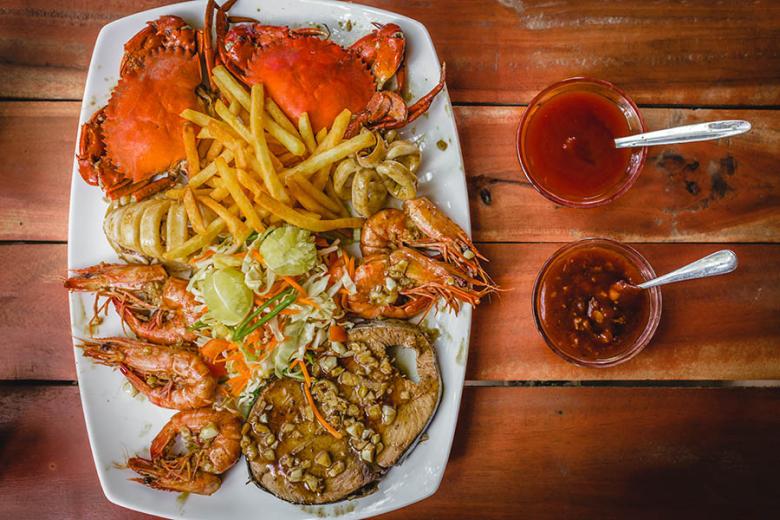
Taking the local train to Vavuniya
If there is one thing I would recommend in Sri Lanka, it’s a trip on a local train! The journey took us through the hills, deeper and deeper into the lush green surroundings of Vavuniya. It was such an incredible experience!
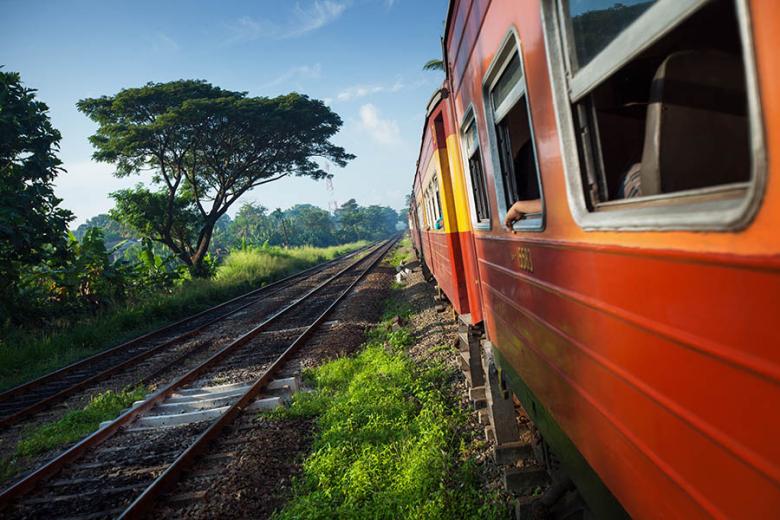
The train ride took 3.5 hours and cost around £10 for a fan-cooled cabin. The wind was blowing through the windows, which kept us perfectly cool and we shared the cabin with the friendly locals.
We got off the train at Vavuniya. Bear in mind that there are no electronic signs on the train so you do need to know vaguely how long your journey should be. Keep an eye out for your stop on the platforms signs!
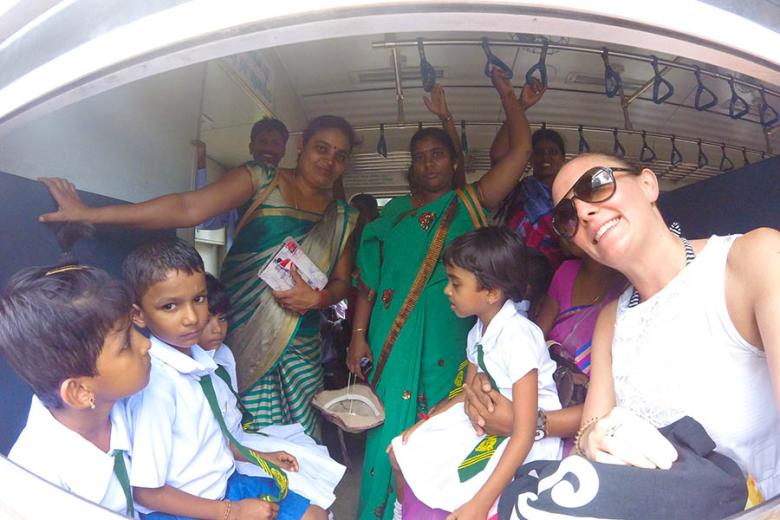
Time out on the beach at Trincomalee
Our driver met us at the train station drove us to our next stop – Trincomalee (Trinco), a port city on the northeast coast of Sri Lanka. Trinco is home to Fort Frederick, built by the Portuguese in the 17th century. While you are here, be sure to stop off at the infamous Dutch Bank Café.
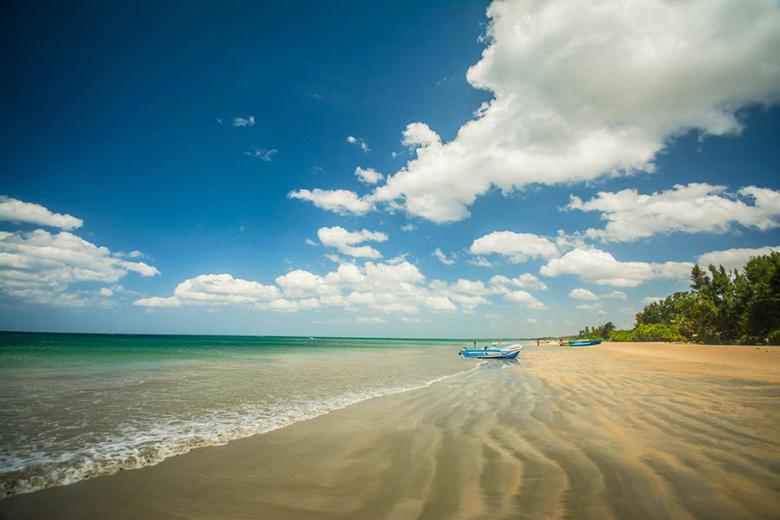
Trinco has undoubtedly one of the best beaches in Sri Lanka, and I would recommend staying here for at least 2 or 3 days. The best time to visit is between May and October when the weather is warm and there’s little chance of rain. Even better, you can take a boat trip from Trinco to see spinner dolphins, blue whales and maybe even a sperm whale!
We stayed at the Anantamaa Hotel. The rooms are tastefully minimalistic and clean. The pool area is surrounded by luscious gardens, the restaurant served us a selection of local fish and, to top it all off, it’s a short stroll to the beach where you can enjoy all forms of water sports, such as jet skiing, snorkelling, windsurfing and many more.
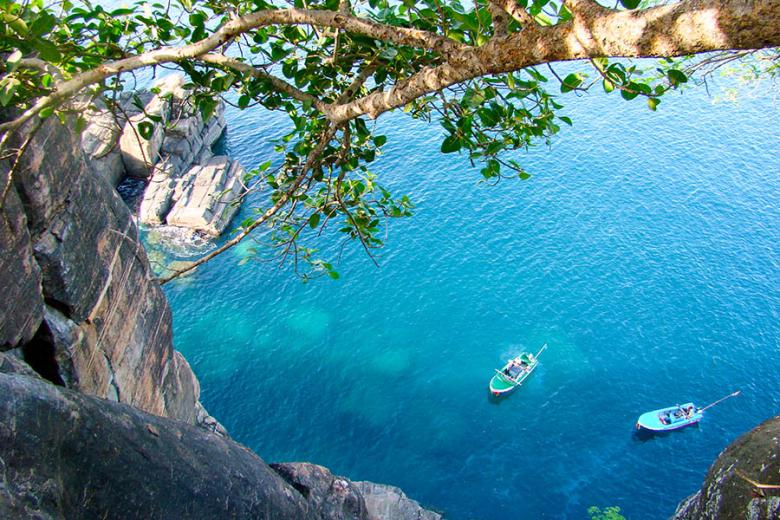
Spotting blue whales and snorkelling with turtles
This has to be one of the best days of my life! We got up at 5am and set off on our own private whale watching tour. Amazingly, we saw a pod of around ten blue whales, and we were accompanied by tiny dolphins most of the way.
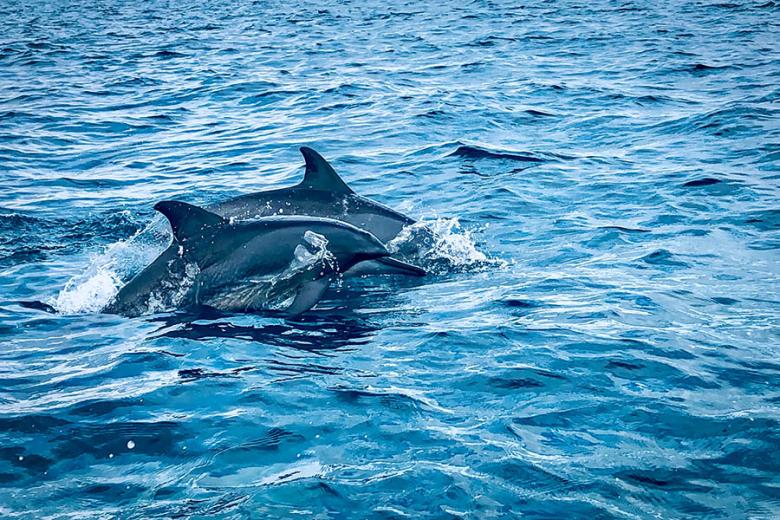
Next, we took on a short boat journey to a snorkelling spot off the shore of Pigeon Island National Park. Although it was an overcast day, the colours we saw underwater were just breath-taking. I spotted blacktip reef sharks, a green turtle, jellyfish (don’t worry, most of them are harmless), triggerfish, parrotfish, napoleon wrasse and loads more!
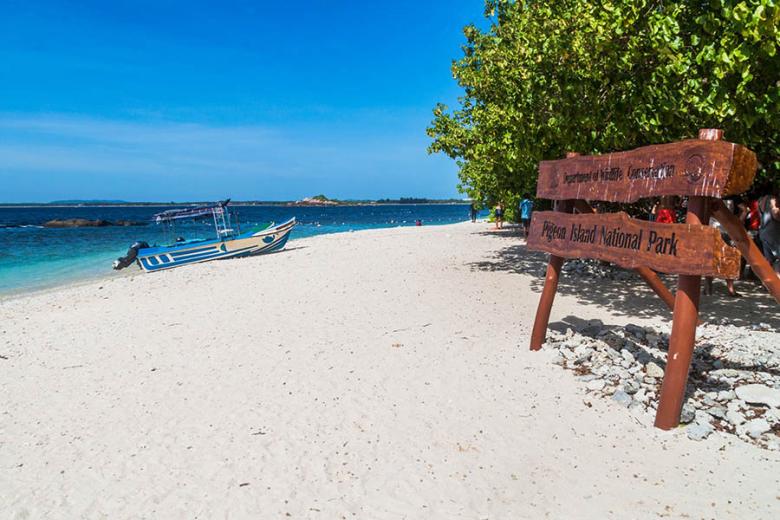
Elephants in Kaudulla National Park
Once our feet were back on terra firma, we hopped back on the minibus and headed to Kaudulla National Park to see the elephants. From Trincomalee, the journey takes 1.5 hours. Kaudulla covers over 66 square kilometres, and it’s one of three national parks in the Minneriya area. Kaudulla is home to the ‘Elephant Corridor’ that runs between Minneriya and Wasgamuwa National Parks and has a lot more open space, so you can see the wildlife clearly.
Kaudulla is very popular with tourists, so arrive early to avoid the queues and get amazing pictures (tourist-free). On our drive into the park, we saw hundreds of fruit bats and foraging monkeys. It was a truly incredible day. For the ultimate safari experience, visit between May and October. If you’re lucky, you’ll be able to witness the world famous 'Great Elephant Gathering' during this period.
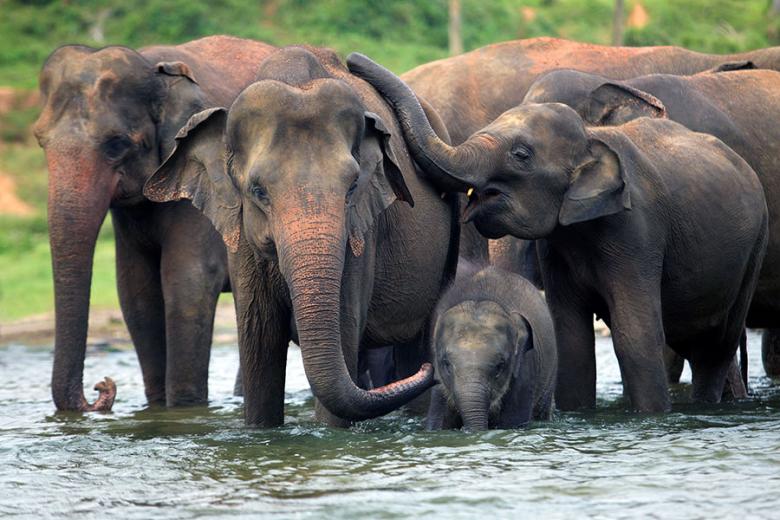
Staying at the Aliya Sigiriya Hotel
Just 40 minutes’ drive from Kaudulla National Park, this hotel has one of the most dramatic settings I’ve ever seen, with a long staircase leading up to an impressive foyer that overlooks the infinity pool and, in the distance, the Sigiriya Rock Fortress.
There are two sections to the property – the wooden chalets and the more modern deluxe rooms. They also have suites that come with kitchenettes, making them great for families. I stayed in a deluxe room which had fantastic high ceilings, a large king size bed a rustic-feel bathroom equipped with a rainfall shower and a standalone bathtub.
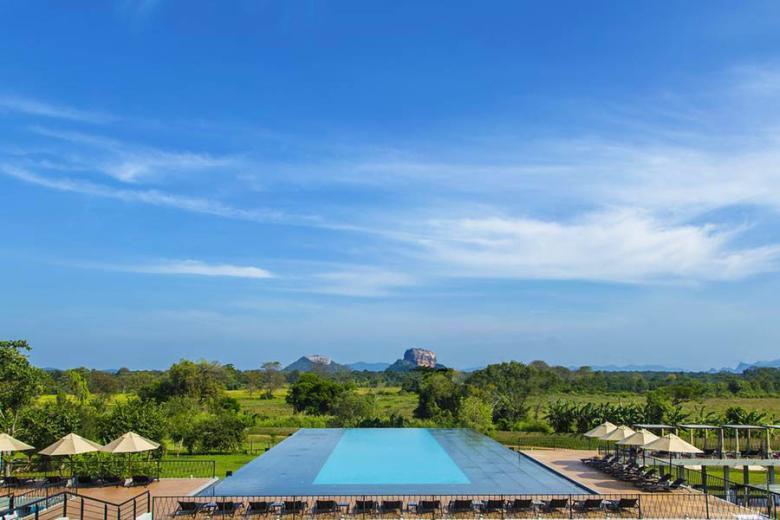
The resort is surprisingly large but still feels very personal. There are four restaurants, an Ayurvedic spa, a pool for kids, a few shops and even a little nightclub. I would recommend staying here 100%.
Taking a local cooking class and cycling through the countryside
The next day, we took part in a cooking class with a local family. I adore my food, so learning how to make traditional Sri Lankan food was such a great experience. Together, we cooked a dhal and coconut lentil curry.
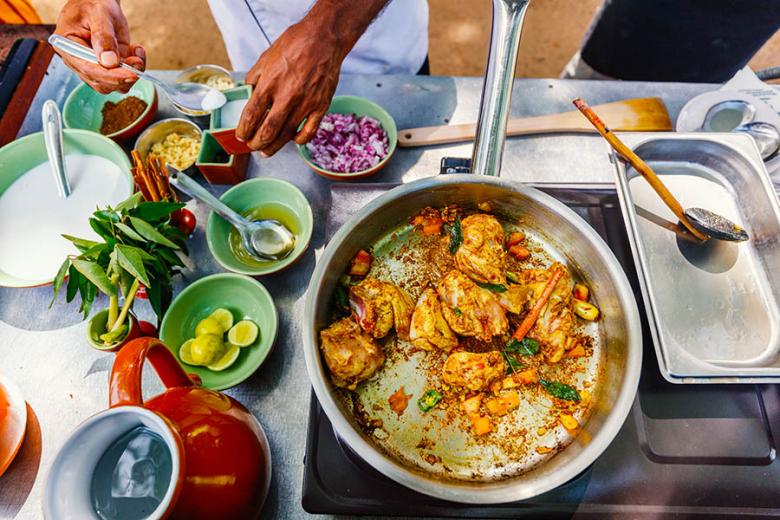
After lunch, we went on a cycle ride around the peaceful countryside surrounding the hotel. Our guide was knowledgeable about Sri Lanka’s flora and fauna, which made this trip unforgettable. To round off the day, we had dinner at the Chinese restaurant in the hotel which was fantastic – book ahead as it’s very popular!
Climbing Sigiriya
We were up before daybreak to beat the queues at Sigiriya, which was only half an hour away by road. When we arrived, there wasn’t a single tourist in sight and this added to the magic of it all. It is a steep climb to the top, and slight vertigo kicked in, but the views are worth it! The best time to visit Sigiriya is from February to April, as the climate is moderate and mostly dry.
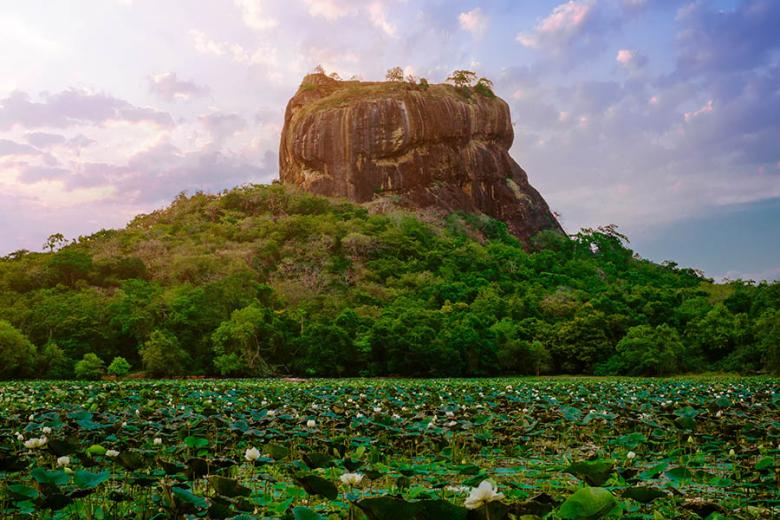
Next, we visited Ritigala, a Buddhist Monastery with an ancient history dating back to the 1st century BC. According to the legend, Ritigala is a chunk of a mountain from the Himalayas that was dropped accidentally by Lord Hanuman on his trip to Sri Lanka to lay siege to King Ravana, who was holding Princess Sita hostage. It’s a steep walk, so stick with your sensible shoes.
One night in Negombo
The next day, we embarked on our last journey back to Negombo. This was the longest trip and took 6.5 hours by road. On the way, we stopped at a local spice market to pick up curry essentials and other trinkets.
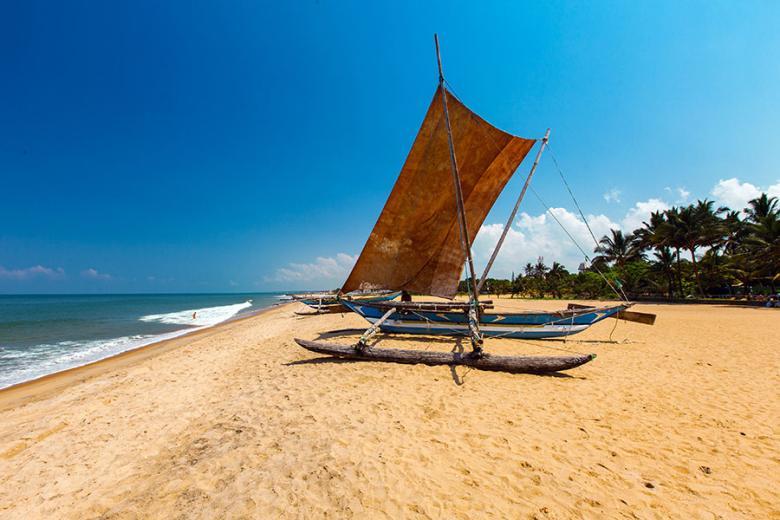
We stayed at Goldi Sands hotel, which has themed restaurant nights. We were lucky enough to experience a local Sri Lankan night, which involved every curry under the sun with all of the accompaniments!
Negombo is ideal for the last night as it’s so much closer to the airport than Colombo, so you don’t have to worry about hitting traffic on route to the airport. It was the perfect way to end our Sri Lanka trip.
Are you tempted to visit Sri Lanka?
We can organise all manner of tailor-made Sri Lanka holidays, covering both the north and south of the country. Whether you're after a family wildlife holiday, a boutique beach break in Sri Lanka or multi-stop flights that include Sri Lanka, we can help. Simply send us your requirements by email or give us a call on 1273 320 580.

A 3 week extravaganza: Sri Lanka multi-centre holiday with Thailand
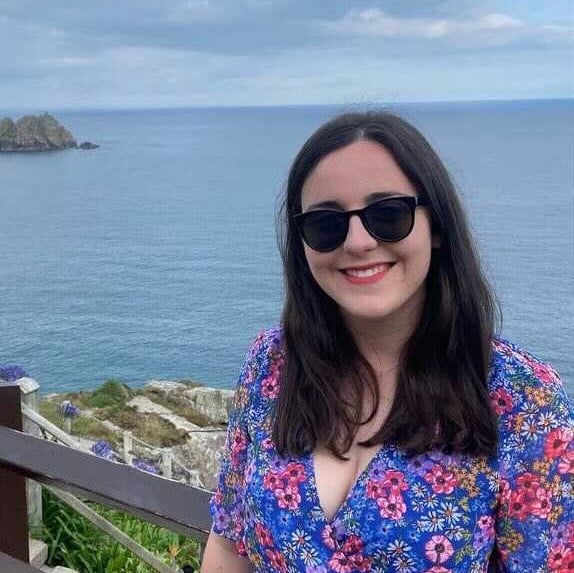
Milly Gill
Product Manager
at Travel Nation
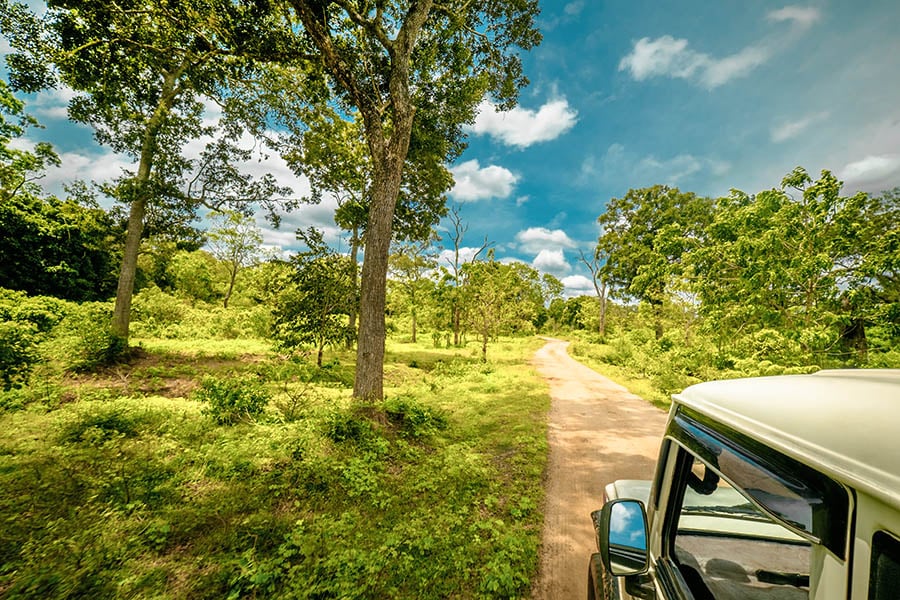
Visit Sri Lanka: why a private tour is a great choice

Milly Gill
Product Manager
at Travel Nation
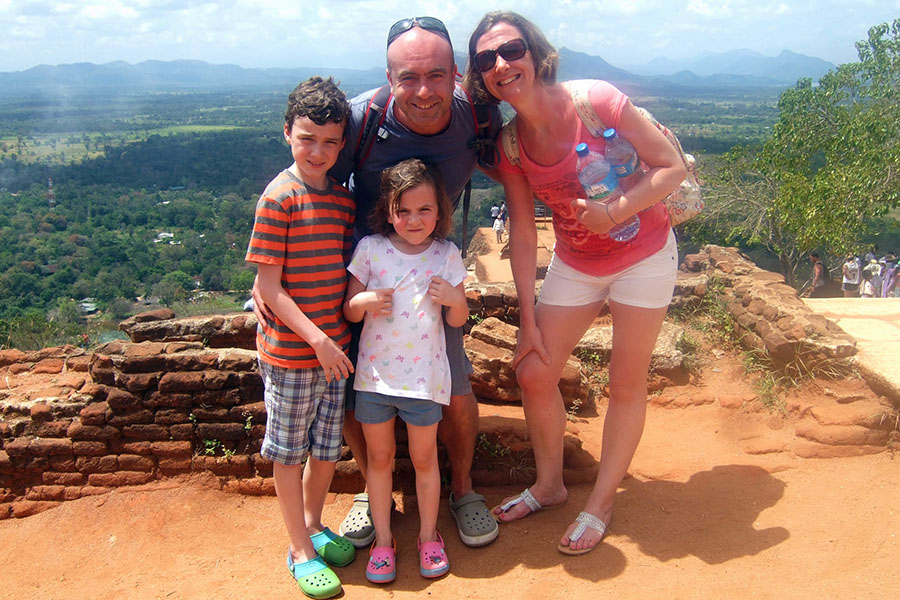
Easter breaks in the sun: our family-friendly trip to Sri Lanka
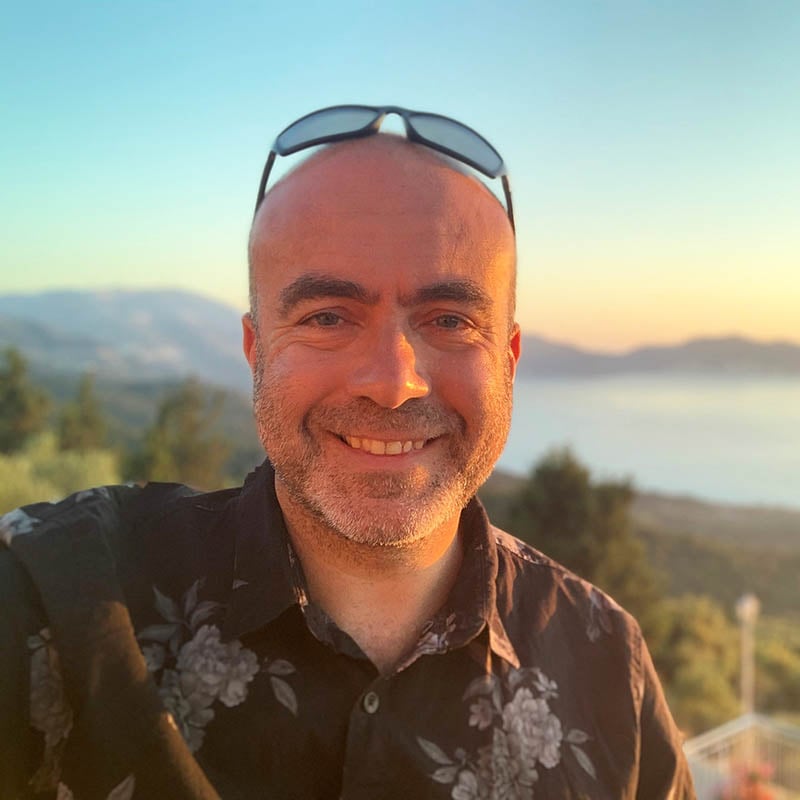
Jonny Goodall
Managing Director
at Travel Nation
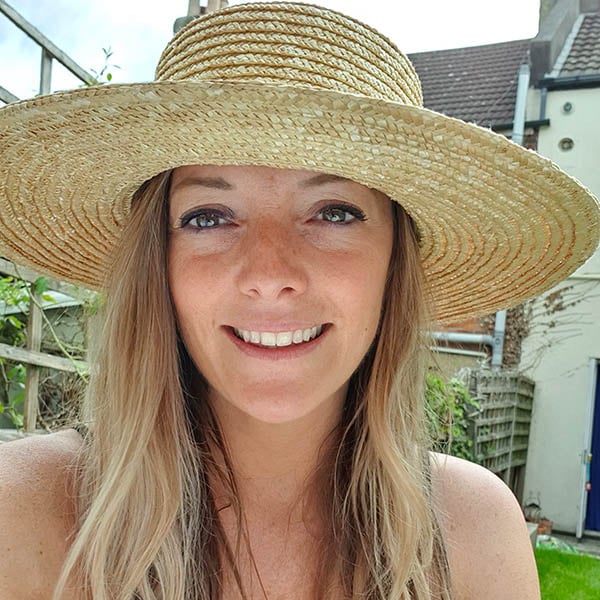
About the author Charlie Maybank
Sales Pod Manager
Charlie's first big travel experience was being dropped off at Sydney coach station at 18 years old, knowing no one, to embark on an east coast Australia adventure. She quickly discovered that travelling on your own gives you total freedom to visit where you choose, whenever you choose and so the adventure began. After travelling around Australia and Indochina and spending a couple of years living and working in New Zealand, she returned to the UK. In 2017 with four and a half years travel industry experience in the bag, Charlie joined Travel Nation as a round the world specialist. When she's not working, you can find her enjoying as many festivals as possible.

